37+ Sample Policy Proposals
-

Sample New Policy Proposal
download now -

Policy Research Proposal
download now -
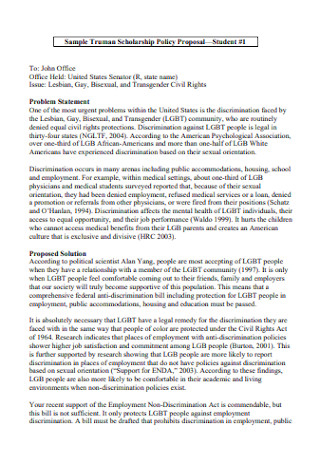
Sample Scholarship Policy Proposal
download now -
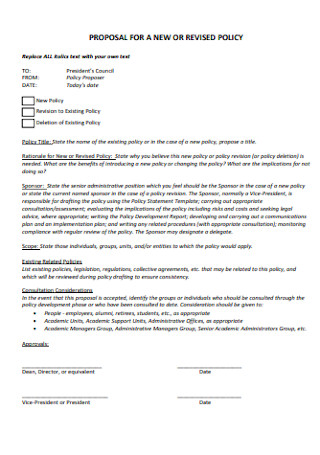
Proposal for Revised Policy
download now -

Health Policy Proposal Form
download now -
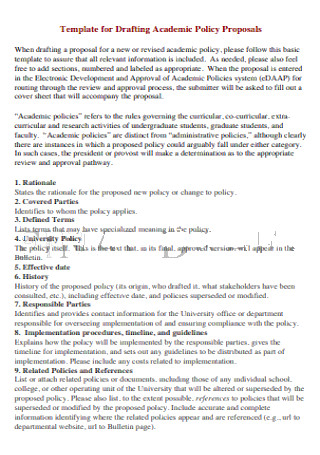
Academic Policy Proposals
download now -
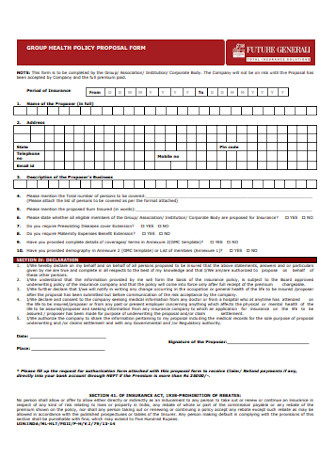
Sample Health Policy Proposal
download now -
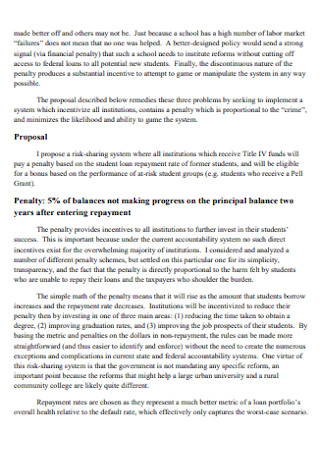
Higher Education Policy Proposal
download now -
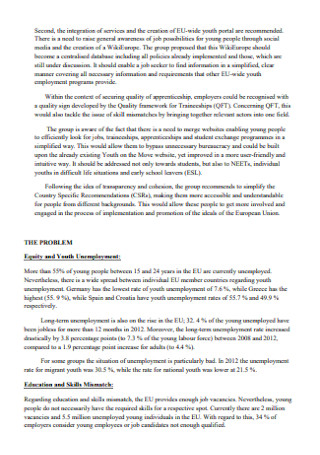
Policy Proposal on Youth Unemployment
download now -
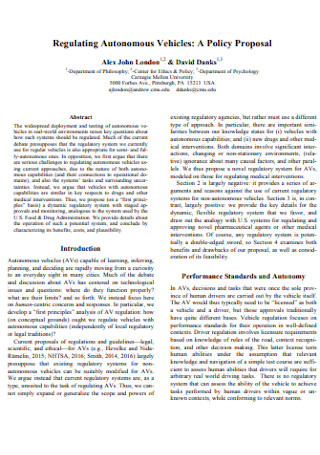
Vehicles Policy Proposal
download now -
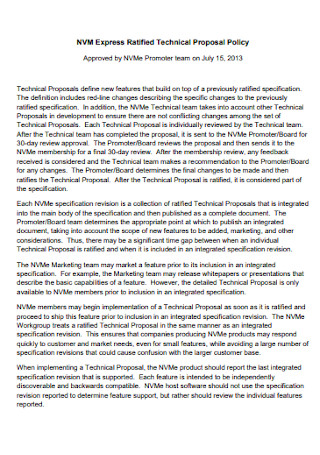
Technical Policy Proposal
download now -
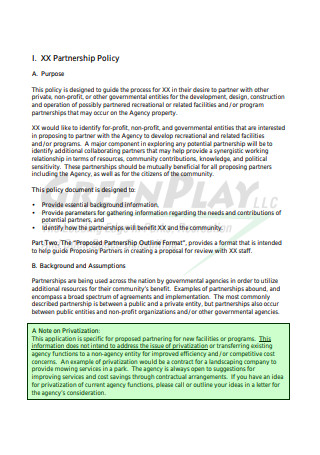
Partnership[ Policy Proposal
download now -
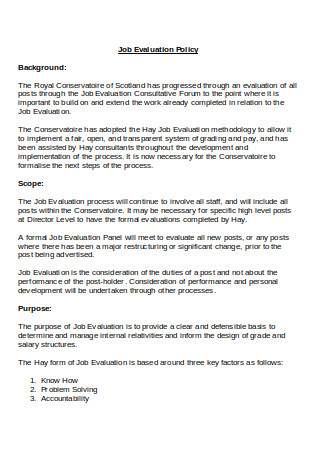
Proposal for Job Evaluation Policy
download now -
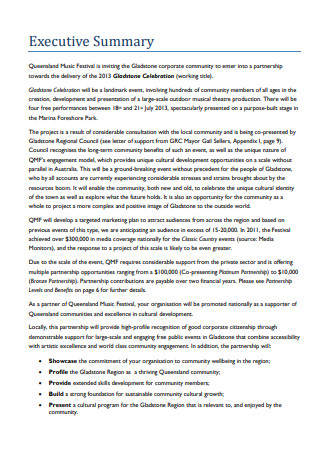
Partnership Policy Proposal
download now -

Accident Policy Proposal Form
download now -
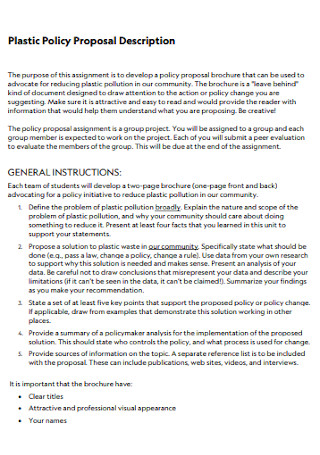
Plastic Policy Proposal
download now -
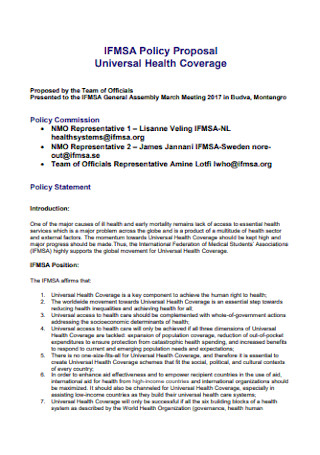
Health Policy Coverage Proposal
download now -
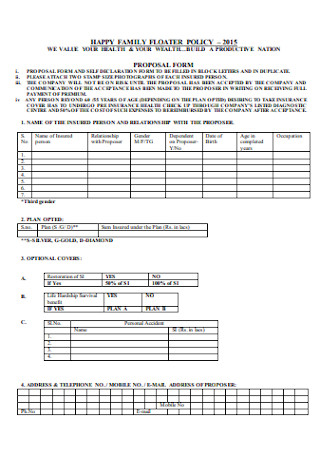
Family Policy Proposal Form
download now -
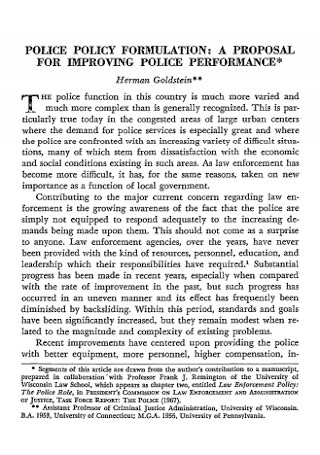
Police Policy Proposal
download now -
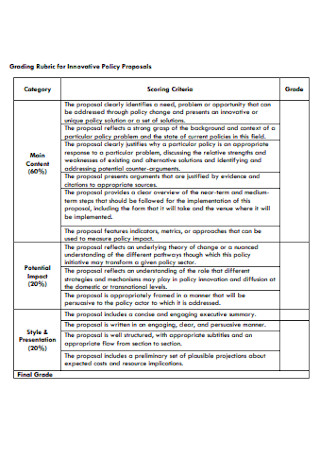
Grading for Innovative Policy Proposals
download now -
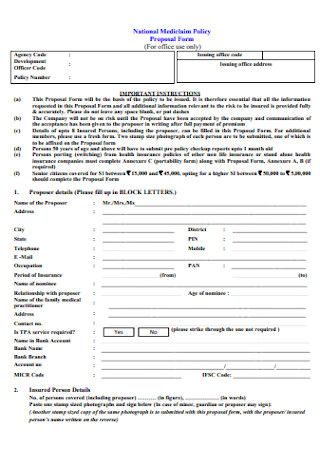
Mediclaim Policy Proposal Form
download now -
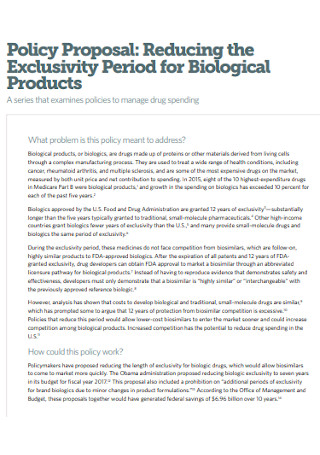
Policy Proposal Format
download now -
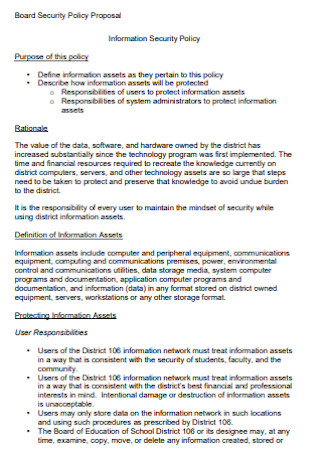
Board Security Policy Proposal
download now -
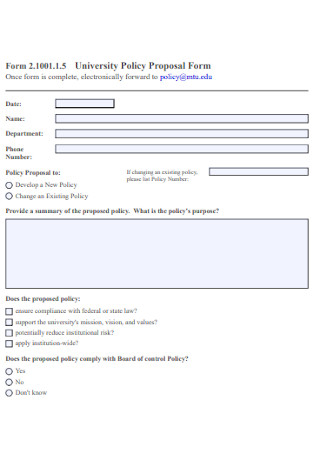
University Policy Proposal Form
download now -
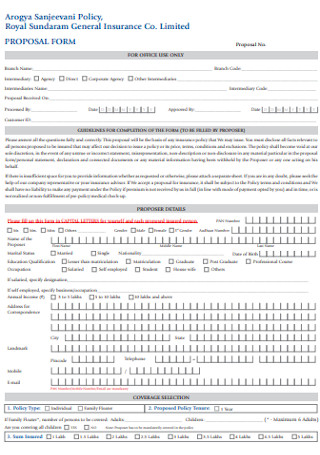
General Insurance Proposal Form
download now -
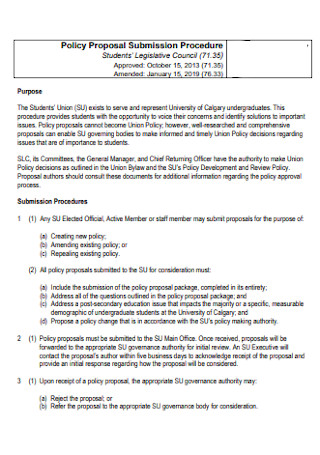
Policy Submission Proposal
download now -
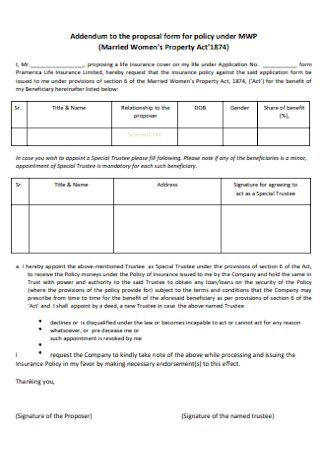
Addendum to the Proposal Form
download now -
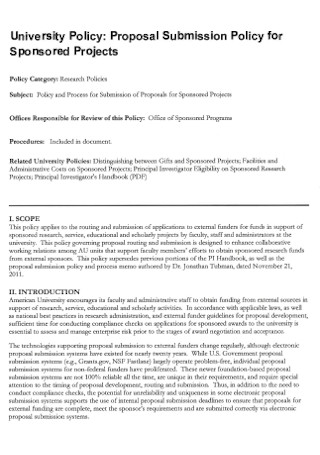
University Policy Proposal Template
download now -
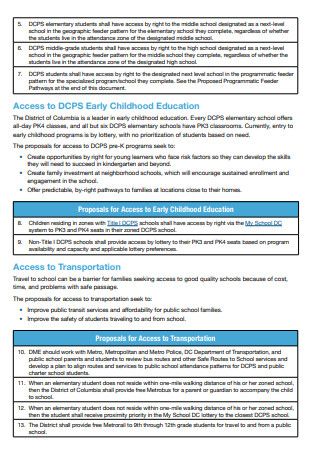
Student Assignment Policy Proposal
download now -

Proposal for Buyer Wise Policy
download now -
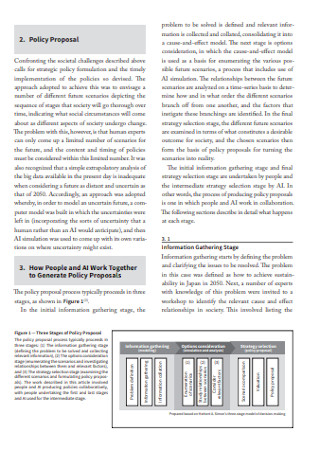
Policy Proposal of Sustainable Future
download now -
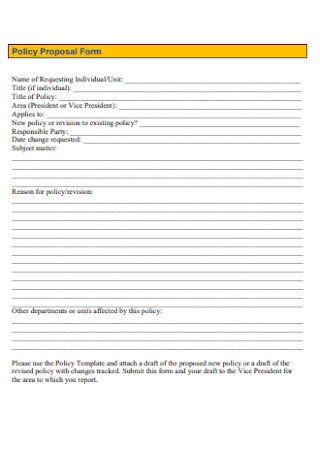
Policy Proposal Form Format
download now -

Smoke-free Policy Proposal
download now -
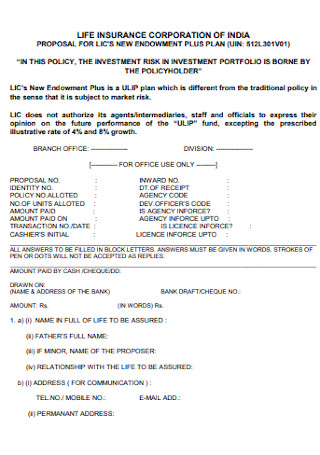
Corporation Policy Proposal
download now -
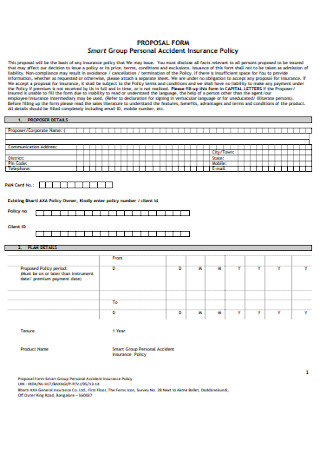
Personal Accident Policy Proposal
download now -
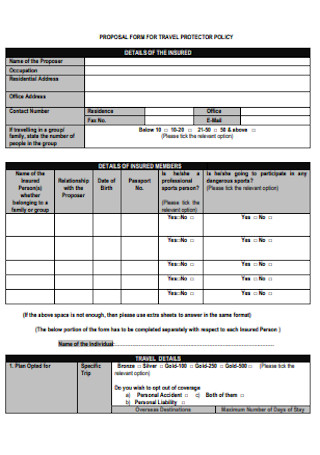
Travel Policy Proposal Form
download now -
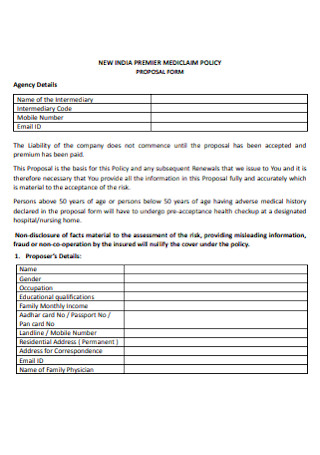
Mediclaim Policy Proposal Form Example
download now -
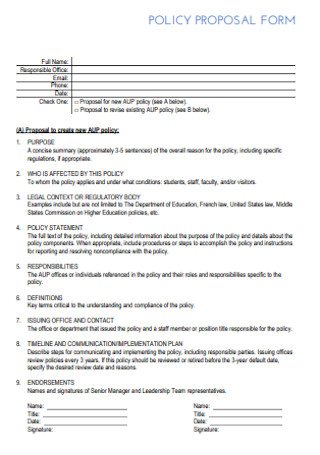
Basic Policy Proposal Form
download now
FREE Policy Proposal s to Download
37+ Sample Policy Proposals
What Is a Policy Proposal?
Core Elements That Are Necessary For a Policy Proposal
Step by Step Process in Creating a Policy Proposal
FAQs
What are the recommended tips in choosing a topic in a policy proposal?
What are the different characteristics of a policy proposal?
What are the 2 main types of proposal?
What is the difference between a supplemental proposal and continuation proposal?
What Is a Policy Proposal?
To fully understand what type of document this is, we have to individually analyze and explain the two words. First, a policy is simply a set of rules and guidelines. According to the Centers for Disease Control and Prevention or also known as CDC, a policy is a law, a course of action and a managerial action of the government and other private sectors. Next, a proposal, this is a document that you present in order to get the target audience to support you with your claim. According to the Merriam-Webster Dictionary, a proposal is an act of telling something in hope of consideration.
With that being clear, a policy proposal is a document that is presented to the people with authority with hopes of it getting approved. This will contain the policy and procedure you would want to see up and running.
Core Elements That Are Necessary For a Policy Proposal
Here are the elements that a policy proposal should include:
Step by Step Process in Creating a Policy Proposal
With the templates available above you already have an outline. However, knowing and understanding the detailed process of writing a proposal will make the work easier and faster. Here are the essential steps needed:
Step 1: Understand the Problem
The first thing to do before writing is knowing and understanding the problem. This document would not come into existence if there is no problem or risk to be addressed. Do extensive research about the problem. It is important to remember to only rely on credible sources for your research. Exhaustively study the problem. By doing this the next step will be easier to write.
Take note you can use past documents of the company or organization in identifying and reviewing the problem. A document that will be a great help here is risk assessment and risk analysis.
Step 2: Describe the Problem
Describe the problem as clearly and as briefly as you can. State and explain how this may affect the business operations and transactions. It is important not to add tidbits and get straight to the point. However, you must refrain from forgetting essential elements and key details.
According to the University of Michigan, 8.9 percent of proposals are rejected due to the fact that the hypothesis is not credible enough and does not have enough supporting details.
Step 3: Recommend a Solution
After describing and thoroughly explaining the problem, quickly follow it up with a response. What are the approaches and systematic methods you are thinking of to resolve the problem? Provide a step-by-step process in achieving this plan of action. Also, give out a specific set of rules and guidelines to follow that will be beneficial for the effectiveness and completion of the said policy.
Note: A document that can be used to fully understand all the aspects of the solution is by means of using strengths, weaknesses, opportunities and threats analysis or also known as SWOT analysis. Another document that may be of great help is going over case studies that have a connection with your problem.
Step 4: Provide Details
Going back to step number 1, indicate here the different facts that you have gone over while researching the problem. Give out specific facts and supporting details. This will help in persuading the target audience.
Note: Statistical data are credible sources that are often seen and used in research and proposals like this one.
Step 5: Conclude
Write the conclusion. Summarize the facts and details you have stated in the body paragraph. It is also a must to restate the main problem here.
Step 6: Provide the Citations
This is a step that will greatly help you. Authorities will be persuaded if they see that what you have provided is true and accurate. Give a list of the references you have utilized in order to prove that what you have written is credible. This citations may also explain how you became aware of the problem.
In writing and presenting a policy proposal or any kinds of proposal, it is important that you include questions. The main reason that this is done is in order to connect with your target audience.
FAQs
What are the recommended tips in choosing a topic in a policy proposal?
1)It should be within your field – The topic or problem that you have chosen should be in connection with your field of expertise.
2)It should be open to discussion – The problem should be open for discussion. This means that there are 2 sides to the topic that you are addressing.
3)It is essential – The policy proposal is a legal and formal document. This means that the problem you are addressing should have a meaningful importance to the society or the environment and culture of your workplace. According to the University of Michigan, 33.1 percent of proposals are rejected because the problem is not significant enough to bring about useful information.In order to avoid this, it is important to double check the problem you are addressing and it is a must to have a clear vision of the desired output.
4)It is not general – Some proposed topics are too general. This means that under that topic there are other substantial sub-topics that are being discussed. A policy proposal should only have one focused problem. This makes it detailed and worthy of reading.
5)It has a personal impact – In general, the one who is creating the policy proposal is also affected by the issue or problem. That is why he wants to address and solve the problem. This may be of great help to the creation of a persuasive proposal, as it can be connected to your personal experience.
6)It should be comprehensible – This means that the topic can easily be visualized. If the topic is easy to understand, it is easier to relate it to other audiences.
What are the different characteristics of a policy proposal?
There are 4 main characteristics that this kind of proposal must possess.
1)Policy relevant – The research should be accomplished within a time period. Also, the proposal should clearly come up with a definite solution and plan of action. It should make a contribution to the current situation.
2)Situated – It should be with a structure that complies with the requirements. It should include the past or existing policies and the proposed one in order to solve the problem.
3)Practical – This means that the policy must not be theoretical. A proposal must be plausible and realistic. By the end of the process, there should be a definite outcome.
4)Integrated – All of the core elements should come together naturally. The problem along with the solution should be in connection with one another. The supporting facts and details should be coherent and should only be focused on the main problem.
What are the 2 main types of proposal?
These are the 2 main types of proposal:
1)Solicited – A solicited proposal is a type of proposal you make when an actual client wants to see and review your proposal.
2)Unsolicited – On the other hand, this kind of proposal is the one where you send it to prospective clients even when they did not ask for it.
What is the difference between a supplemental proposal and continuation proposal?
A supplemental proposal is a kind of proposal that is presented after the project or research has already commenced. The main purpose of this is to ask for additional support. Additional support will come in the form of extra fundings. On the other hand, according to Michigan Technological University, a continuation proposal only applies to multi-year awards. It is a kind of proposal that requests the budget for the next phase. It is a proposal that is sent to the client to update them of the status and progress.
A policy proposal should encompass all the core elements in order for it to have an impact on the target audience. This type of document is a formal document, make sure that you use a formal tone and formal language. Every element of the proposal should be thoroughly explained and make sure to only make use of credible sources.
